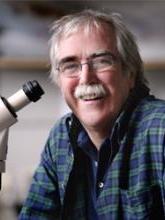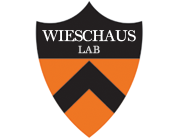
Eric Wieschaus

Eric Wieschaus
In the late 1970s, Eric Wieschaus and Christiane Nüsslein-Volhard carried out large-scale mutagenesis screens to identify genes controlling embryonic development in Drosophila. In contrast to previous genetic analyses, these screens were designed for genomic saturation, i. e.; identifying key components in all pathways govern gross morphology, patterning and differentiation. These experiments established a basic “tool box” of maternal factors and signaling pathways that operate in the Drosophila embryo and are in fact conserved with remarkable fidelity in all multicellular organisms. Mutations in the associated genes account for a significant fraction of inherited birth defects in humans and play a major role in cancer. Wieschaus and collaborators then went on to elucidate basic features of the Wnt pathway, showing for example, that Wnt signaling modulates levels and nuclear localization of beta-catenin (=Armadillo) and investigating the role of GSK3b and APC in that process. More recent work has focused on the cell biological mechanisms that control cell shape change and movement during gastrulation, and on quantitative biophysical measurements of morphogen gradients during early development. Wieschaus is a HHMI investigator, a member of the National Academy of Sciences (USA), a foreign member of the Max Planck Society, and the 1995 Nobel Laureate for Medicine.

